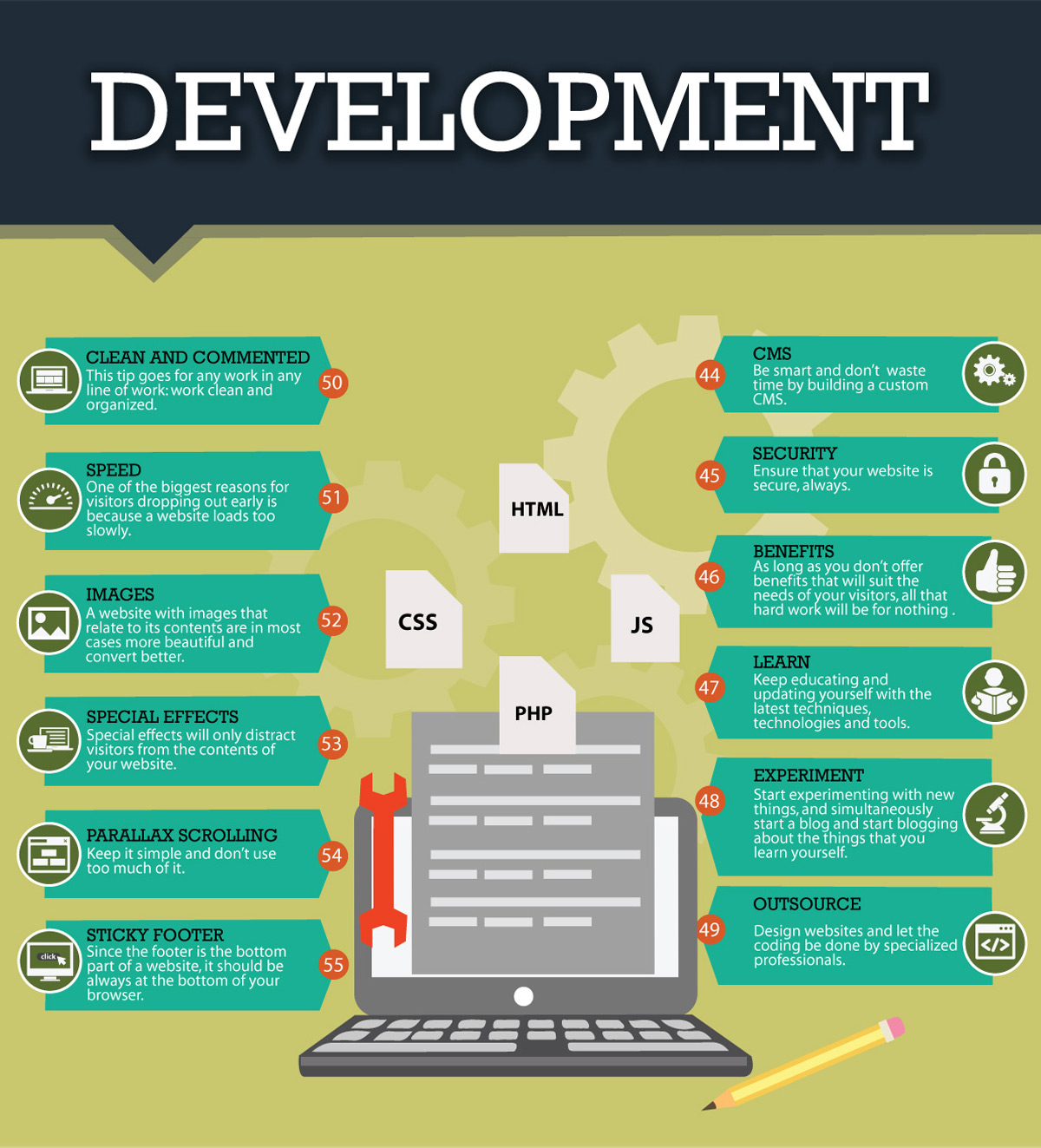Vital Internet Site Layout Insights: Suggestions For Constructing An User-Friendly User Interface
Vital Internet Site Layout Insights: Suggestions For Constructing An User-Friendly User Interface
Blog Article
Published By-Wiley Thrane
When it involves site layout, ensuring user-friendliness is key. From responsive style to structured navigating, every aspect plays an important role in developing a website that satisfies your target market's requirements. But what regarding the better details that can make or break a user's surfing experience? Stay tuned as we discover some often-overlooked ideas that can boost your site's usability to the next degree, making it genuinely stick out in the digital landscape.
Significance of Responsive Layout
Receptive style is an essential element of contemporary web site growth. Ensuring updated blog post is receptive methods that it can adjust to different display dimensions and devices, offering a seamless experience for users.
With the increasing use smart devices and tablet computers to access the web, having a receptive layout is essential for reaching a broader audience. It helps in boosting individual experience by making your website simple to navigate and read on any type of device.
Furthermore, responsive style can positively influence your online search engine rankings, as online search engine like Google prioritize mobile-friendly web sites. By having a receptive style, you're additionally future-proofing your web site, as new devices with varying screen dimensions continue to emerge.
Simplify Navigation Structure
To improve customer experience and facilitate very easy access to info on your internet site, streamlining the navigation framework is extremely important. When designing your website, concentrate on producing a clear and user-friendly navigating menu that assists site visitors find what they're searching for promptly.
Restriction the number of menu products to the basics, organizing related pages together to prevent overwhelming individuals. Usage improve seo for ecommerce that plainly indicate the content of each page, making it easier for individuals to comprehend where each web link will certainly take them.
Take into consideration applying dropdown menus for subcategories to prevent jumbling the main navigation bar. In addition, include a search bar plainly on the web page for users who favor looking for specific info.
you can check here in your navigating layout to make sure easy access on all tools.
Optimize Page Lots Speed
Improving page tons speed is crucial for retaining visitors on your internet site. Slow-loading pages annoy individuals and can lead to high bounce prices. To maximize web page load speed, begin by enhancing images. https://inbound-content-marketing84051.bleepblogs.com/31657090/increase-your-exposure-the-value-of-google-company-profiles-for-small-companies without endangering quality to reduce their documents dimensions.
Furthermore, allow web browser caching to save regularly accessed resources in your area, accelerating load times for returning site visitors. Minify CSS, JavaScript, and HTML data by getting rid of unneeded personalities, comments, and formatting, boosting tons speed.
Consider using a web content shipment network (CDN) to disperse your web site's web content throughout multiple web servers worldwide, reducing latency for users accessing your site from various locations. Lastly, restrict the use of third-party scripts and plugins, as they can significantly impact lots times.
Final thought
Finally, by integrating receptive style, simplifying navigating, and maximizing web page load speed, you can develop an user-friendly website that appeals to a larger target market and improves user experience. These essential elements guarantee that visitors can conveniently accessibility and browse your website across various tools, bring about boosted interaction and fulfillment. By focusing on these essential facets, you can construct a successful website that maintains individuals coming back for even more.
